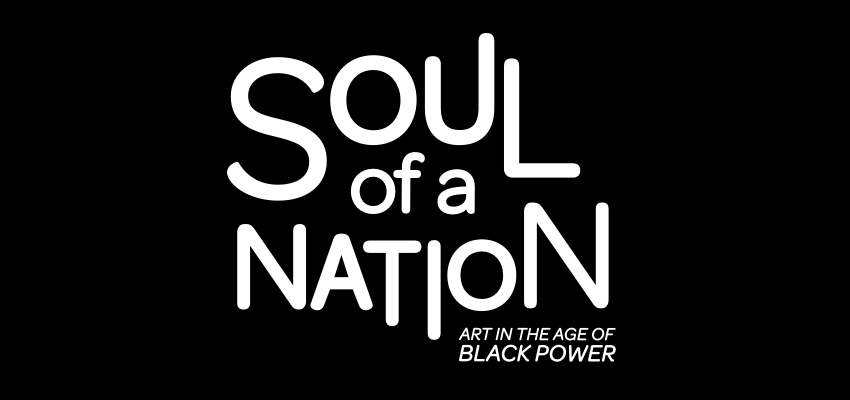Our people are our standard for excellence. We strive for images inspired by African people—experience and images that African people can relate to directly without formal art training and/or experience. Art for people and not for critics whose peopleness is questionable. We try to create images that appeal to the senses—not to the intellect….It is our hope that intelligent definition of the past and perceptive identification in the present will project nation-full direction in the future….
This is “poster art”—images which deal with concepts that offer positive and feasible solutions to our individual, local, national, international, and cosmic problems. The images are designed with the idea of mass production. An image that is valuable because it is an original or is unique is not art—it is economics, and we are not economists. We want everybody to have some.
The aesthetic principles, as described by original AFRICOBRA member Barbara Jones-Hogu were:
- FREE SYMMETRY, the use of syncopated, rhythmic repetition which constantly changes in color, texture, shapes, form, pattern, movement, feature, etc.
- MIMESIS AT MID-POINT, design which marks the spot where the real and the unreal, the objective and the non-objective, the plus and the minus meet. A point exactly between absolute abstractions and absolute naturalism.
- VISIBILITY, clarity of form and line based on the interesting irregularity one senses in a freely drawn circle or organic object, the feeling for movement, growth, changes and human touch.
- LUMINOSITY, “Shine,” literal and figurative, as seen in the dress and personal grooming of shoes, hair (process or Afro), laminated furniture, face, knees or skin.
- COLOR, Cool-ade color, bright colors with sensibility and harmony.
Also described by Donaldson as
“Color color Color color that shines, color that is free of rules and regulations. Color that shines. Color that is expressively awesome. Color that defines, identifies and directs. Superreal color for Superreal images. The superreality that is our every day all day thang. Color as bright and as real as the color dealing on the streets of Watts and the Southside and 4th street and in Roxbury and in Harlem, in Abidjian, in Port-au-Prince, Bahia and Ibadan, in Dakar and Johannesburg and everywhere we are. Coolade colors for coolade images for superreal people.”
Although the original members of AfriCOBRA gradually moved away and took up their careers in other cities, the organization itself remains active today. It is one of the longest-running art collectives in American history.
Works by members of Spiral and of AfriCOBRA will be included in Soul of a Nation: Art in the Age of Black Power, on view at Crystal Bridges February 3 through April 23, 2018. Click here for information and tickets.




